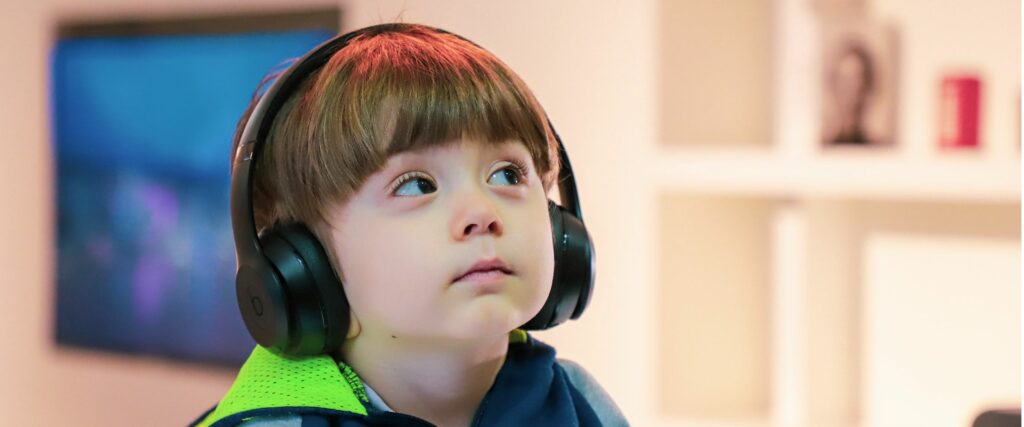People with disabilities and older adults, like other under-served groups, are actively seeking full civil rights including participation in the arts as creators, audiences, staff, board members, panelists, volunteers, teachers, and students.
The way you portray people in what you write or say may enhance their dignity and promote positive attitudes. For example, refer to a person first, rather than a disability; this emphasizes the person’s worth and abilities.
Politically correct vocabularies are constantly changing…but the following five “NEVER USERS” are here to stay!
NEVER use the word “handicapped”; the word is disability.
NEVER use a disability as an adjective. It is not a blind actor, but an actor who is blind. The focus should be on the person, NOT the disability.
NEVER use “special”; this separates the individual from the group. You do not require information regarding “special needs of the group,” but “needs of the group.” No “special” tours, but tours that include people with disabilities.
NEVER use euphemisms, such as “physically challenged,” “handicapable,” etc.; these suggest that barriers are good or that disabilities exist to build the person’s character. The person has a disability.
NEVER use “clumping” or labels: “the disabled”; “the blind”; “the deaf”; “A.B.s” (able-bodied); “T.A.B.s” (temporarily able-bodied); or “normal.” Labeling people is never acceptable. Able-bodied is a relative, judgmental term. “Normal” is acceptable when applied to statistical norms and averages only.
AFFIRMATIVE
- People with disabilities.
- A disability.
- Person who is blind.
- Person who is partially sighted or has low vision.
- Person who is deaf
- Person who is hard of hearing
- Person who uses a wheelchair
- Person with limited mobility (people use wheelchairs for mobility and freedom)
- Person who has muscular dystrophy.
- Person with mental retardation.
- Person with learning disabilities.
- Person with epilepsy.
- Person with a seizure disorder.
- Person who has multiple sclerosis.
- Person affected by cerebral palsy.
- Person who has AIDS.
- Person who does not speak.
- Nonverbal.
- Successful.
- Productive.
- Person with disabilities.
- Non-disabled person.
- Older person.
- Older adult.
- Older American.
- Person who lives in a nursing home or long-term care institution.
NEGATIVE
- The handicapped
- The impaired
- The disabled
- The unfortunate
- The blind
- The deaf
- Suffers a hearing loss
- Confined or restricted to a wheelchair
- Cripple
- Stricken by MD
- The retarded
- The mentally defective
- The learning disabled
- Epileptic
- Afflicted with MS (“Afflicted” emotionalizes disability)
- CP victim
- Victim (A person is not a victim of an impartial disease or disability)
- Dumb
- Mute
- Courageous (This implies the person is a hero or martyr)
- Normal Person (this implies a person with a disability isn’t normal)
- The aged
- The elderly
- Senior citizen
- The infirm
- The institutionalized
- The homebound

